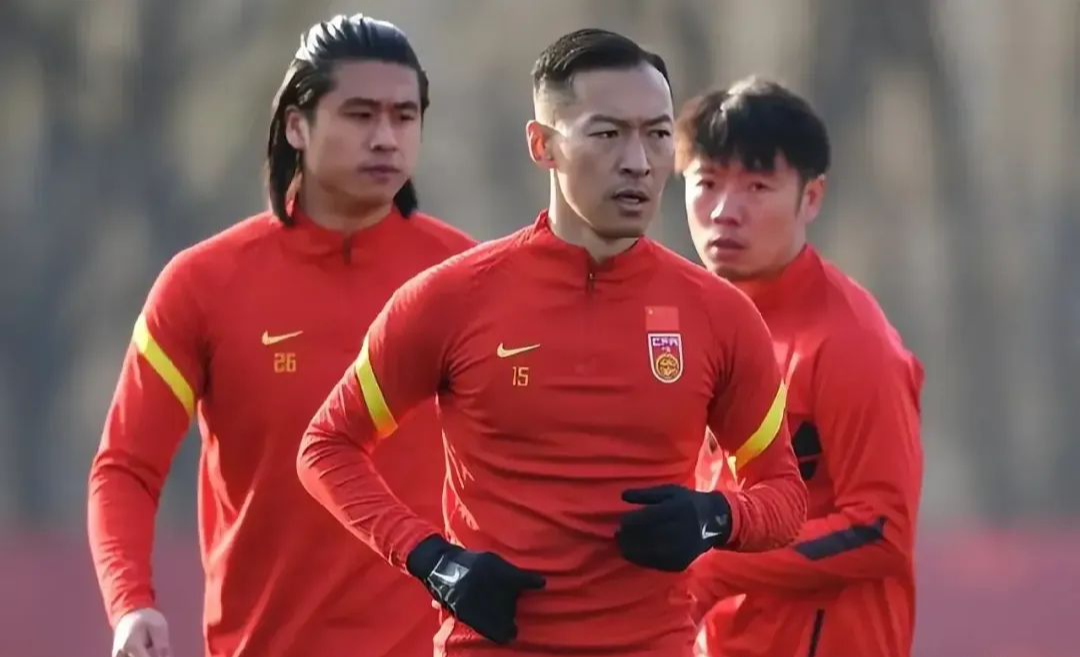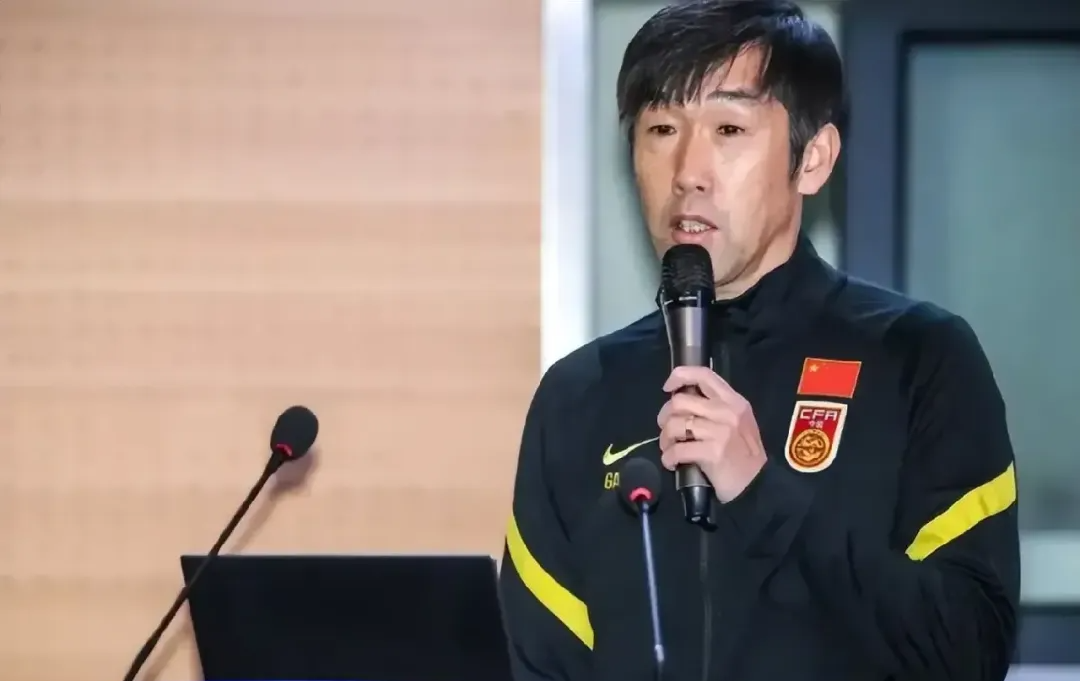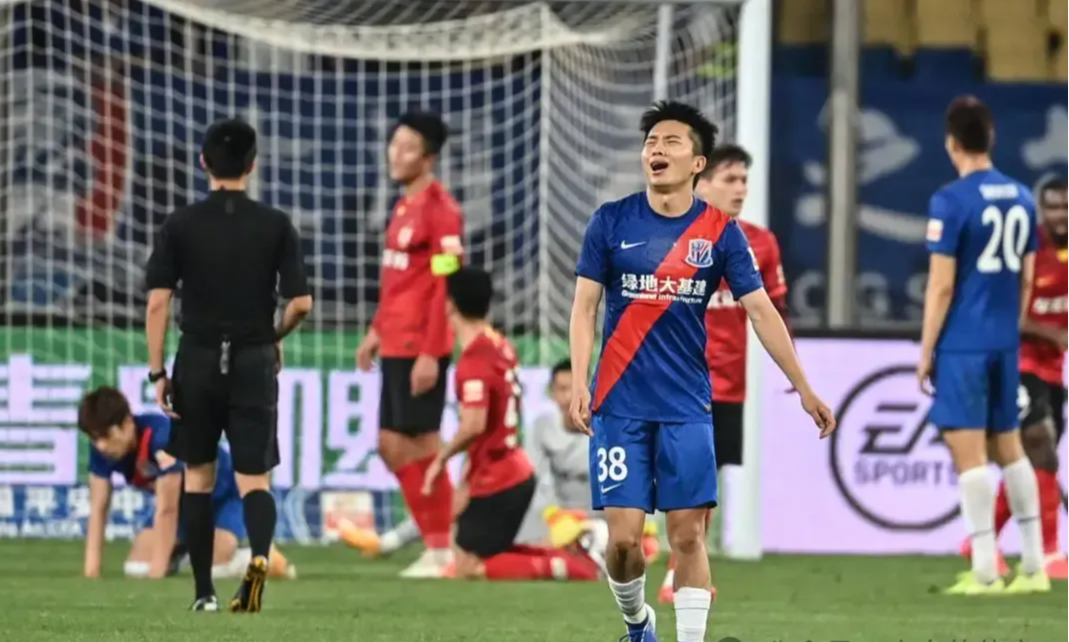Recently, a youth international football invitational tournament held in Auckland has attracted widespread attention from the Chinese football community. In this match, Shanghai Shenhua's U12 team defeated the Iniesta Football Academy representative team from Japan with a remarkable score of 6:1. This victory not only demonstrated the potential for development in Chinese youth football but also brought a glimmer of hope to Chinese football, which has been in a state of depression for a long time.

The process of the game was impressive. The Shenhua U12 team, playing away from home, displayed an astonishing level of technical and tactical skills. During the match, the young players showed great teamwork, with multiple attacking points blooming, completely suppressing their Japanese opponents. What was even more valuable was that they faced a strong Japanese training team and showed the demeanor of a general, maintaining a positive and proactive attitude on the field throughout the game, eventually winning with a big score of 6:1. Such a score is rare in the history of football matches between China and Japan.

The significance of this victory far exceeds that of an ordinary youth training match. To understand its importance, one must look back at the history of football competition between China and Japan. Since the Chinese national team defeated the Japanese team 2:0 in an A-level event in 1998, China has not been able to defeat Japan in any official matches. In that victory, forward Li Bing scored twice, creating a glorious moment for the Chinese team. However, in the following 25 years, the gap between Chinese and Japanese football has continued to widen, with the Chinese team suffering frequent defeats against Japan.

The match in the 2010 East Asian Cup was the closest China came to defeating Japan again. At that time, the Chinese team coached by Gao Hongbo performed outstandingly. If Yang Hao had managed to convert the penalty kick, China might have ended the losing streak against Japan. Unfortunately, under immense pressure, the crucial penalty kick did not result in a goal, and the Chinese team could only end the match in a draw. Such a result deepened the regret felt by Chinese fans.

It is against this historical backdrop that the victory of the Shenhua U12 team over the Japanese training team appears particularly precious. This is not just an ordinary victory; it also shows that Chinese football training work is moving in the right direction. For a long time, Japan's football training system has been regarded as a benchmark in Asia, with the young players they cultivate performing well in various leagues around the world. This victory of the Shenhua team proves that with scientific and systematic training methods and correct development concepts, Chinese young players are fully capable of competing with players from excellent Asian training systems.
The young players of the Shenhua U12 team are at a critical period for football enlightenment and basic skill cultivation. Their performance gives people hope for the future of Chinese football. The technical quality, tactical awareness, and competitive attitude shown by these young players indicate that Chinese football training work is moving towards professionalization and scientization. Indeed, the cultivation of football talent needs to start from childhood, and this victory of the Shenhua team is the best proof of this concept in practice.
Looking to the future, fans expect these young players to maintain their good momentum of development. Some of them are expected to enter various national teams in the future, infusing fresh blood into the national team. Of course, the growth of young players is a long process that requires joint efforts and patient cultivation from clubs, coaches, parents, and all parties involved. This victory brings not only temporary joy but also shows the progress of Chinese football in the field of training, pointing the way for future development.
This victory is not only a comfort for the past gap between Chinese and Japanese football but also an expectation for the future of Chinese football. It tells us that through scientific and systematic training and correct development concepts, Chinese football is entirely possible to narrow the gap with Asian strong teams and even achieve surpassing in the future. The growth of these young players will be one of the important hopes for the revival of Chinese football, and every step of their progress is worth our anticipation and attention.